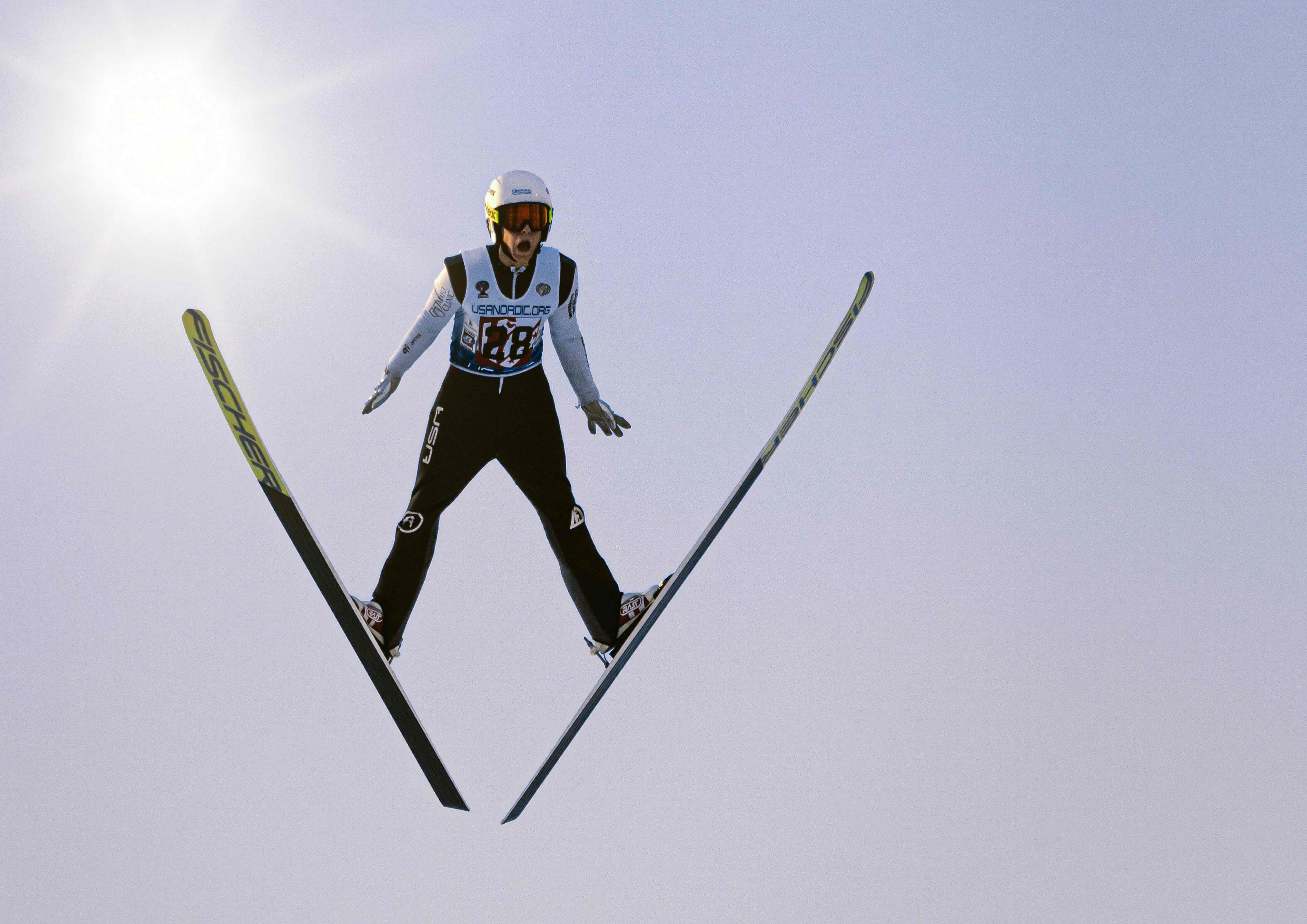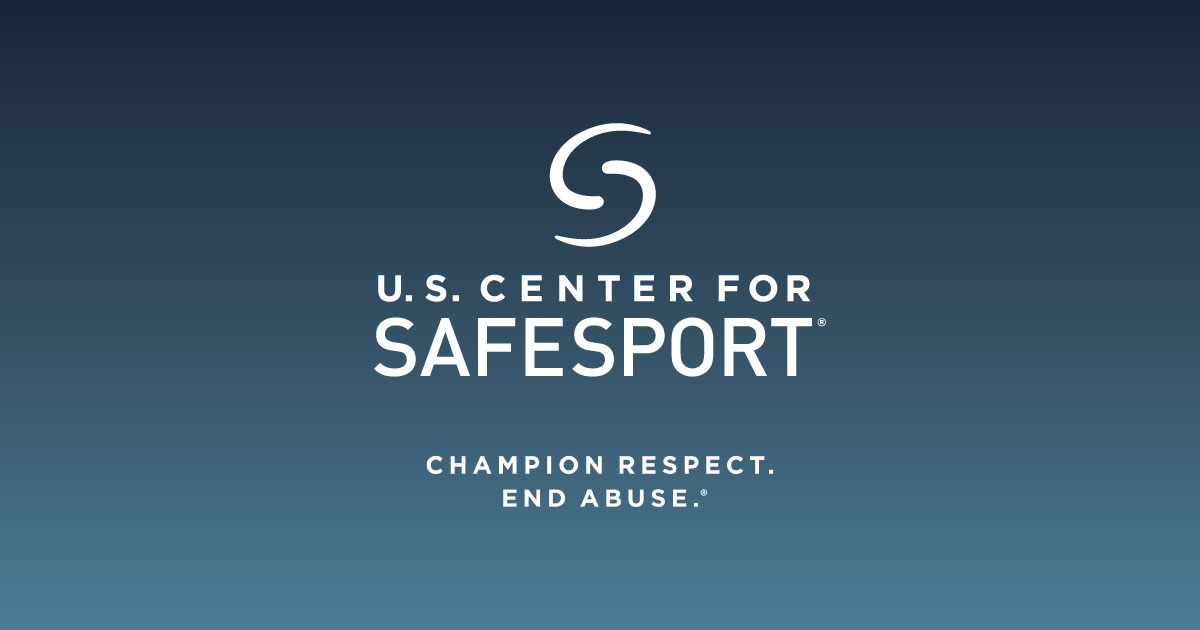
Consent is probably one of the most talked-about terms in the field of sexual violence, yet it is seemingly still tricky. With varying laws and legal definitions, we must be on the same page regarding the basic concepts and components of consent.
Societally, we most often talk about consent in terms of ‘the age of consent’ and about sexual interactions. But consent applies to more than that: giving consent can apply to just about anything in and outside of sports.
Consent particularly comes into play in athletics as ALL athletes have the right to consent to participate in any activities and interactions in their sport. This is where things can get difficult, as power imbalances and dynamics are ubiquitous across athletic communities. And when a power imbalance is present, consent cannot be freely given if the athlete does not feel they have a choice. Coaches, or other figures in sports, such as trainers and staff, have authority over athletes regarding their position on the team, access to training, privileges, etc. Such sway can limit an athlete's ability to freely consent, as they are not on equal ground and may feel under duress.
Backing up, valid consent requires a person to be informed, make the decision voluntarily, and be competent to do so (an athlete knows what they are saying yes to). All three of these components must be met.
When we apply this to athletes of all ages and in all settings, we must consider the power imbalance between athletes and persons in positions of power, perhaps another athlete, a coach, a trainer, a staff member, or another authority figure.
For a romantic/sexual relationship between an athlete and a person in a position of power, consent isn't possible. The three components of valid consent cannot be met.
To promote an athlete's ability to consent to hands-on training, body manipulation, etc., we must increase transparency, accountability, and choice with these interactions. An athlete must know exactly what they are consenting to and be able to change their mind at any time. Furthermore, the presence of negative consequences, repercussions, and retaliation, no matter what choice is made, must be minimized for the athlete to consent voluntarily. This means the athlete is free from duress, coercion, threats, manipulation, and undue pressure.
An athlete can comfortably advocate for their needs in a healthy environment where consent is asked, required, and respected.



Coaches – ask your athletes for permission! Explain what and why you are asking permission for. And always offer an alternative, and let your athletes know that saying “no” is ok. Reflect on how your holding of a position of power may influence others.
Athletes – hold your boundaries. Remind others to ask before potentially crossing boundaries. Remove yourself from any uncomfortable or unsafe situations. Seek support and get help if you do not feel respected.
Parents – check in with your athletes and observe the coaches! Having an open line of communication and eyes on the situation increases awareness and transparency of interactions.
Teammates, friends, supporters, bystanders – support one another! Be a thoughtful friend, teammate, and safe and active bystander by shifting the culture in a positive direction and upholding healthy and consensual interactions.

Kathryn McClain, MSW, MBA
Program and Partnerships Director at #WeRideTogether



-min.jpg)
